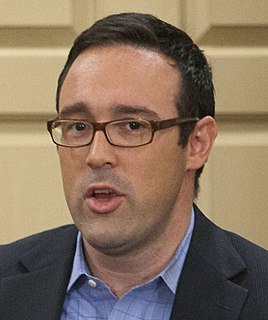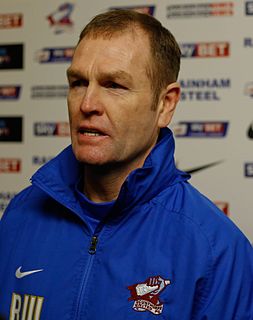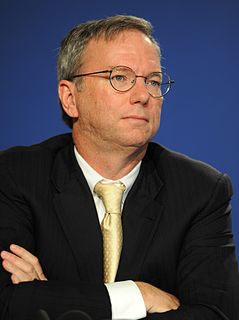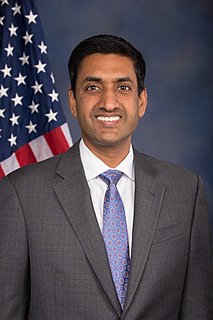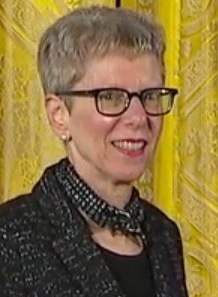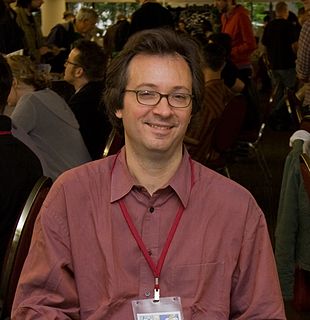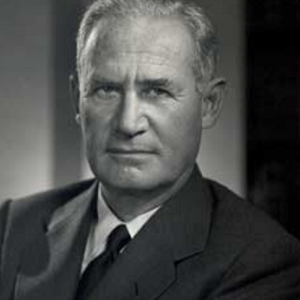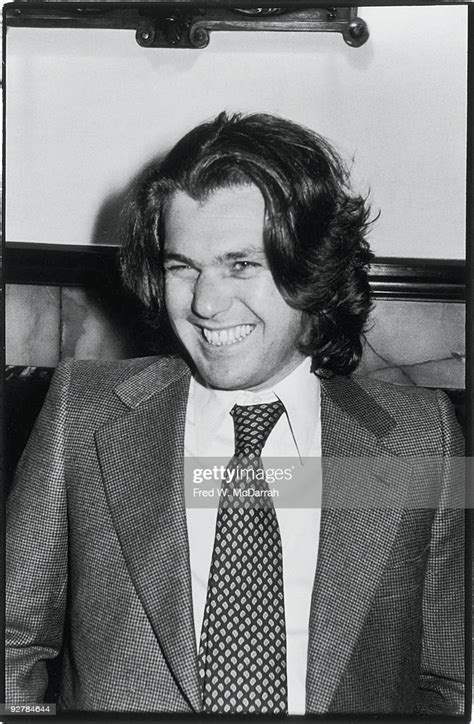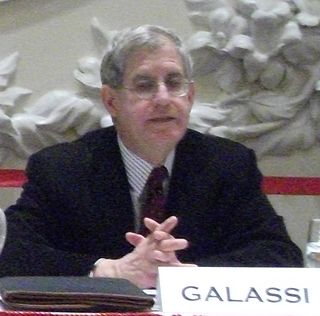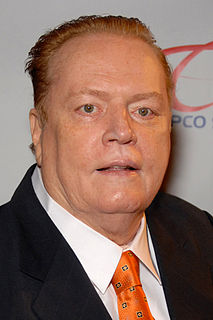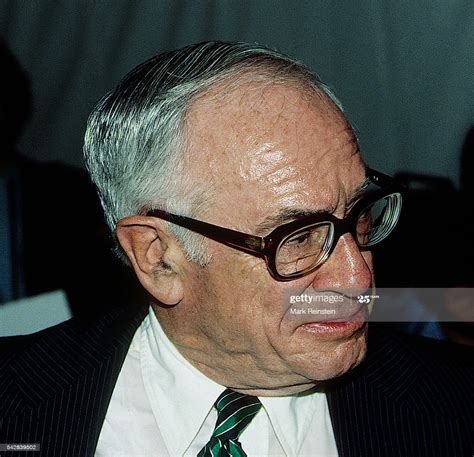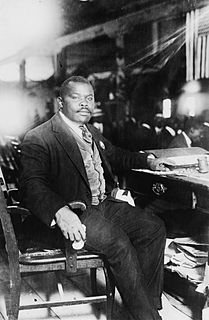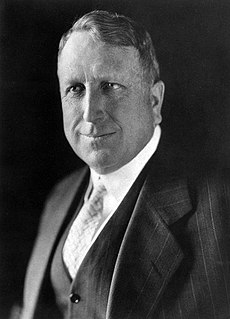A Quote by Roy Thomson
As for editorial content, that's the stuff you separate the ads with.
Related Quotes
'Ms.' always flouted the rules of the ad world that say, especially for products directed at women, that the ad must be connected to the editorial. You don't have food ads unless you have recipes. You don't get clothing ads unless you have lavish fashion coverage. We never did that; every other women's magazine does.
The editorial board, who endorses candidates, is totally separate from the news side of the business. We don't consult one another. They have one job to do, we have a totally different one to do. So whether the Washington Post editorial board endorses Donald Trump or Hillary Clinton is meaningless to me.
An electronic paper has infinite space because you can bring forth as much content as a reader wants. And the resolution of ads is very high. And when you touch the ad you can interact with the advertiser and the paper will take you to the advertiser's Web site and you can get more information. So ideally there should be a better connection between the ads you're shown and what you're actually interested in.
When you're reading a newspaper and you're seeing ads on the page, it's not kind of invasive. Like, it's on the page next to the article. You can look at it or not. You can turn the page when you're ready. On the internet, the ads - many of the ads - just are so controlling. They insist that you see them.
If you knew the user, you'd let them in. But, the content could contain a lot of dangerous stuff, even if you know the person using that content, you have to check what's inside there. That's where Fortinet started, trying to go deep inside of content, or inside an application to make sure those were secure.





